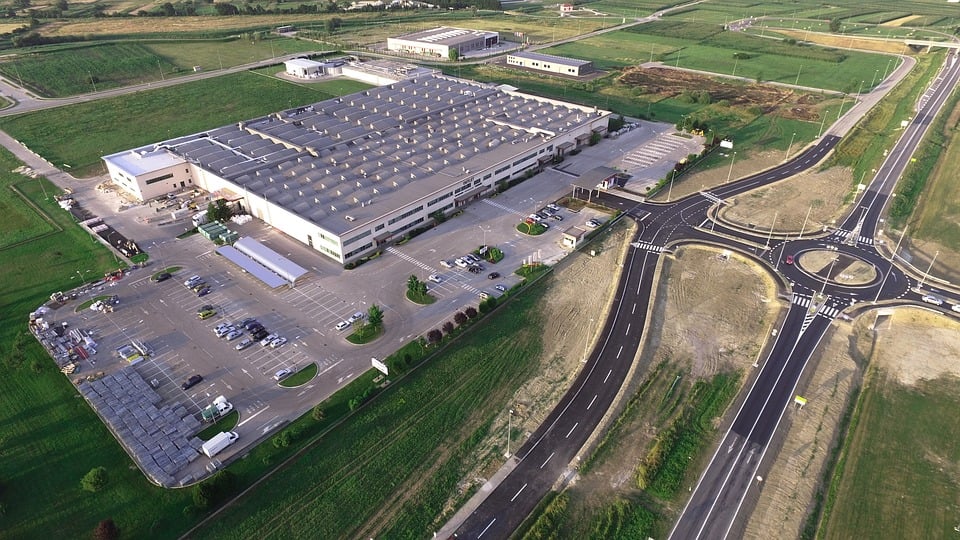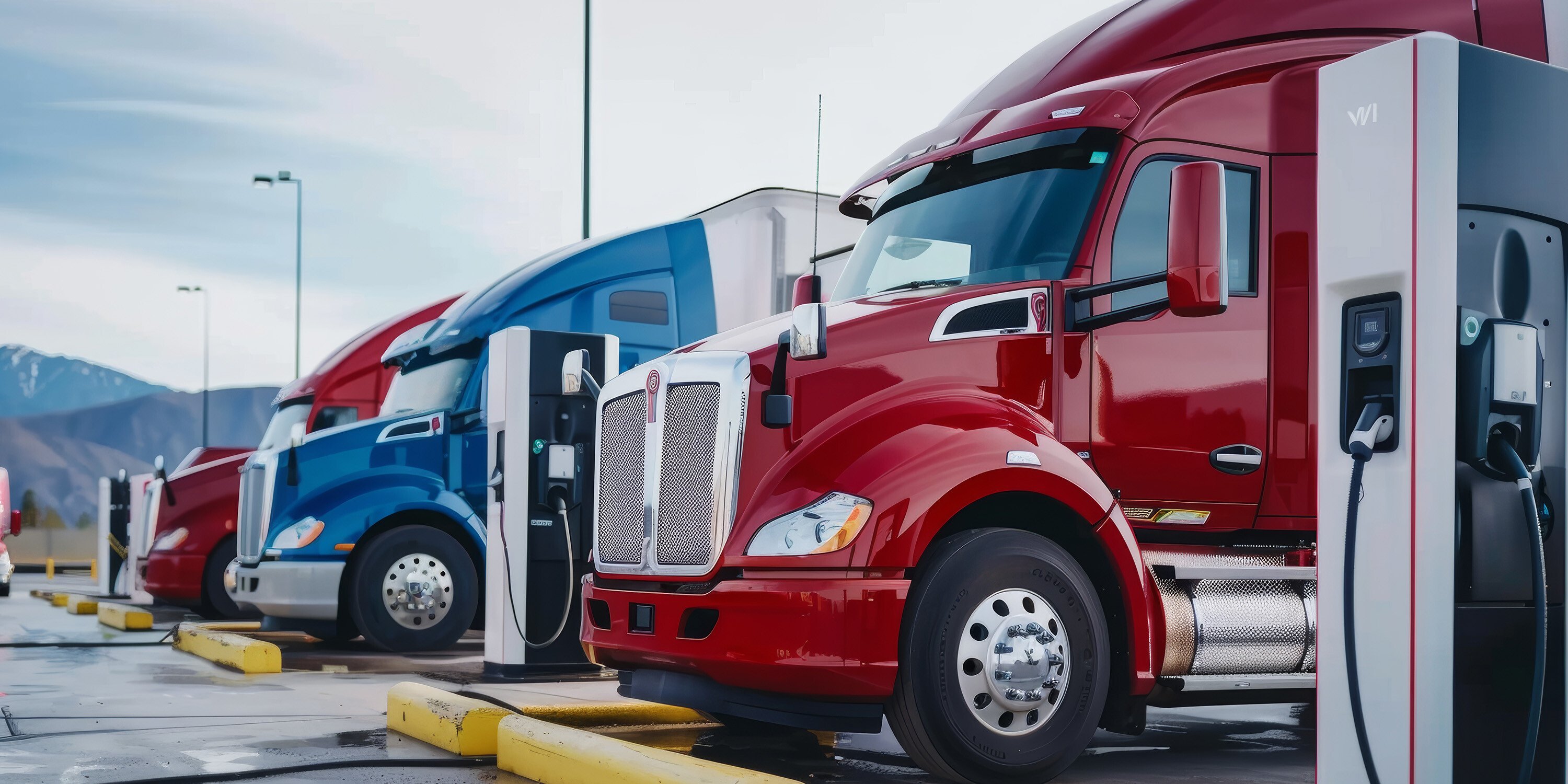Sustainability | July 16, 2024
Oregon’s House Bill 3409: A Look at Key Legislation
This is the sixth installment in a series of articles outlining recent updates to building performance policies across the U.S. Check out our other posts to learn about the recently implemented BPS measures and how to navigate them.
Today, we’ll explore the implications of the State of Oregon’s House Bill 3409. This new policy is set to significantly impact commercial and industrial businesses, pushing the boundaries of energy efficiency and sustainability.
Oregon’s House Bill 3409: A Comprehensive Approach to Climate Action
On the West Coast, the State of Oregon passed House Bill 3409 in 2023. This comprehensive bill addresses climate-related issues, from adopting heat pump technology to reducing greenhouse gas emissions.
One key aspect of the bill is establishing an Energy Performance Standard for commercial buildings. This standard aims to address energy use and emissions from existing commercial buildings, which account for nearly 20% of energy use in Oregon . The standards are modeled after the American Society of Heating, Refrigerating and Air-Conditioning Engineers’ (ASHRAE) Standard 100 and went into effect on July 27, 2023. Many large commercial buildings must enhance energy management practices and implement efficiency measures to meet energy use targets, and failure to comply may result in a civil penalty.
Implications for Commercial and Industrial Businesses
For businesses in Oregon, the passage of HB 3409 introduces new energy performance standards for commercial buildings. The Department of Energy’s rulemaking is expected to be complete by December 31, 2024, with program implementation beginning on July 1, 2025.
The Department of Energy can impose a civil penalty for failure to comply but those specifics are yet to emerge.
To achieve compliance, the State Department of Energy must specify an energy performance standard for covered commercial buildings and establish an incentive program to encourage compliance. The Oregon Department of Administrative Services is required to develop a methodology and work plan for state agencies to assess energy use and greenhouse gas emissions from state-owned buildings.
Navigating Compliance with Oregon’s HB 3409
As commercial and industrial businesses in Oregon face the new building performance standards set by HB 3409, there are several key steps they can take to start their journey toward compliance:
Step 1: Assess Building Energy Use and GHG Emissions This includes examining and quantifying each building’s greenhouse gas emissions, identifying equipment or use that contributes to these emissions, and quantifying the useful life of all equipment that contributes to greenhouse gas emissions.
Step 2: Coordinate with DAS on Capital Project Oversight Agencies are directed to coordinate with the Department of Administrative Services (DAS) to review/oversee all agency capital-building projects over $1 million. DAS is developing guidelines for the sustainable design of these projects and their review and oversight process.
Step 3: Comply with a Building Energy Performance Standard (BPS). The BPS will apply to “Tier 1” buildings, which means a building in which the sum of the gross floor area for hotel, motel, and nonresidential use equals or exceeds 35,000 square feet, excluding any parking garage. A BPS may require owners of these buildings to develop an energy management plan that must be reviewed and approved.
For Tier 1 buildings, compliance with the BPS will be required by the following dates:
- June 1, 2028 for buildings equal to or greater than 200,000 square feet
- June 1, 2029 for buildings equal to or greater than 90,000 square feet but less than 200,000 square feet
- June 1, 2030 for buildings equal to or greater than 35,000 square feet but less than 90,000 square feet
For Tier 2 buildings, the timeline is as follows:
- July 1, 2028 - Tier 2 building owners must report energy data to ODOE
- July 1, 2029 - ODOE to evaluate Tier 2 building data
- October 1, 2030 - ODOE to report on recommendations for an energy performance standard for Tier 2 buildings
Tier 2 buildings are defined as:
- A building with gross floor area, excluding any parking garage, that equals or exceeds 35,000 square feet and that is used as a multifamily residential building, a hospital, a school, a dormitory, or a university building; or
- A building in which the sum of gross floor area for hotel, motel, and nonresidential use exceeds 20,000 square feet but does not exceed 35,000 square feet, excluding any parking garage.
In Conclusion
Oregon’s House Bill 3409 is just the latest example of how states are taking action to reduce greenhouse gas emissions and promote energy efficiency. As we move towards a more sustainable future, building performance standards will clearly play a crucial role.
As the State of Oregon’s building performance standards shape its local business environment, we’ll continue to provide updates and insights. We encourage you to visit our website and subscribe to our newsletter for the latest developments.
Mantis Innovation is at the forefront of helping organizations understand and navigate this rapidly evolving regulatory environment and is adept at driving compliance efforts for building owners and operators.
Contact us today to learn how we can help you become and remain compliant, avoid penalties, and create value for stakeholders through the process.
Read our other recent posts for more updates on building performance standards across the U.S. to stay updated on your local BPS.
Related Posts
Discover more content and insights from Mantis Innovation

Carbon Credits Explained: A Primer for Achieving Your ESG Goals
In the race to achieve net-zero emissions, carbon credits have become a crucial tool for companies with hard-to-abate emissions. As of 2024, almost half of the Fortune 500 companies have net zero

Five Trends Driving Data Center Facility Energy Optimization
Today’s digital economy, commercial and industrial digitalization, and the recent explosion in artificial intelligence and machine learning (AI/ML) powered computing are driving massive growth in

Modernizing Manufacturing Facilities: The Drivers and Direction
This blog is just a glimpse into the deep dive we take in our new white paper, Modernizing Manufacturing. Download the white paper here to skip the teaser and get the whole story. The stage is set

Federal and State Policies Driving Commercial Fleet Electrification
As governments and industry transition to a low-carbon economy, regulations have begun rolling out at the federal level and in leading-edge states focused on commercial fleet electrification. Policy